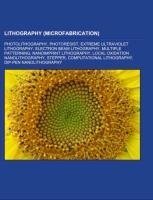
-
 Anglický jazyk
Anglický jazyk
Lithography (microfabrication)
Autor: Source: Wikipedia
Source: Wikipedia. Pages: 55. Chapters: Photolithography, Photoresist, Extreme ultraviolet lithography, Electron beam lithography, Multiple patterning, Nanoimprint lithography, Local oxidation nanolithography, Stepper, Computational lithography, Dip-Pen... Viac o knihe
Na objednávku
16.92 €
bežná cena: 18.80 €
O knihe
Source: Wikipedia. Pages: 55. Chapters: Photolithography, Photoresist, Extreme ultraviolet lithography, Electron beam lithography, Multiple patterning, Nanoimprint lithography, Local oxidation nanolithography, Stepper, Computational lithography, Dip-Pen Nanolithography, Micro contact printing, X-ray lithography, Cymer, Inc., Next-generation lithography, Immersion lithography, Photomask, Optical proximity correction, Interference lithography, Phase-shift mask, Maskless lithography, Nanofountain Probe, Stencil lithography, Hysitron, Soft lithography, Semtech Solutions, Multiphoton lithography, Mask shop, Triphenylsulfonium triflate, Quantum lithography, Magnetolithography, Off-axis illumination, PDMS stamp, Mask set, Micropatterning, Plasmonic nanolithography, Nanostencil, KMPR1000, Multilayer soft lithography. Excerpt: Extreme ultraviolet lithography (also known as EUV or EUVL) is a next-generation lithography technology using an extreme ultraviolet (EUV) wavelength, currently expected to be 13.5 nm. Neutral atoms or condensed matter cannot emit EUV radiation. Ionization must take place first. EUV light can only be emitted by electrons which are bound to multicharged positive ions; for example, to remove an electron from a +3 charged carbon ion (three electrons already removed) requires about 65 eV. Such electrons are more tightly bound than typical valence electrons. The existence of multicharged positive ions is only possible in a hot dense plasma. The Xe or Sn plasma sources for EUV lithography are either discharge-produced or laser-produced. Power output exceeding 100 W is a requirement for sufficient throughput. While state-of-the-art 193 nm excimer lasers offer intensities of 200 W/cm, lasers for producing EUV-generating plasmas need to be much more intense, on the order of 10 W/cm. This indicates the enormous energy burden imposed by switching from generating 193 nm light (laser output approaching 100 W) to generating EUV light (required laser or equivalent power source output exceeding 10 kW). A further characteristic of the plasma-based EUV sources under development is that they are not even partially coherent, unlike the KrF and ArF excimer lasers used for current optical lithography. Further power reduction (energy loss) is expected in converting incoherent sources (emitting in all possible directions at many independent wavelengths) to partially coherent (emitting in a limited range of directions within a narrow band of wavelengths) sources by filtering (unwanted wavelengths and directions). On the other hand, coherent light poses a risk of monochromatic reflection interference and mismatch of multilayer reflectance bandwidth. As of 2008, the development tools had a throughput of 4 wafers per hour with a 120 W source. For a 100 WPH requirement, therefore, a 3 kW source
- Vydavateľstvo: Books LLC, Reference Series
- Rok vydania: 2012
- Formát: Paperback
- Rozmer: 246 x 189 mm
- Jazyk: Anglický jazyk
- ISBN: 9781157639213


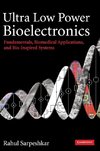



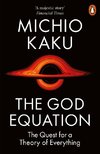
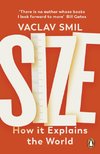

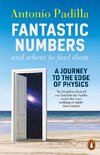

 Nemecký jazyk
Nemecký jazyk 
